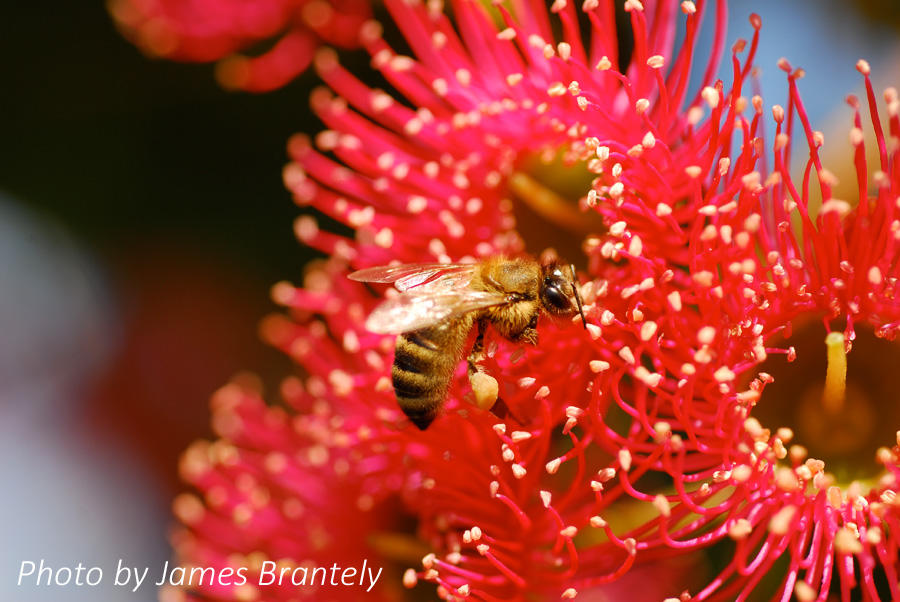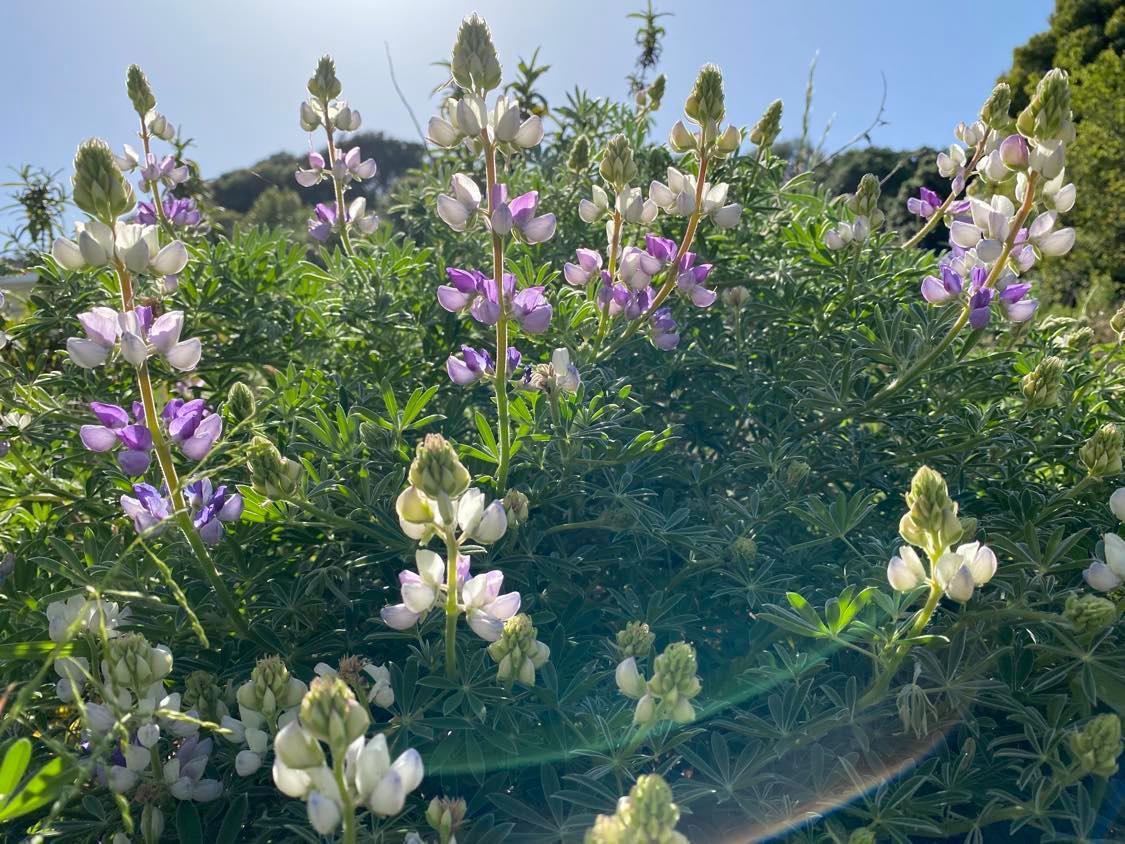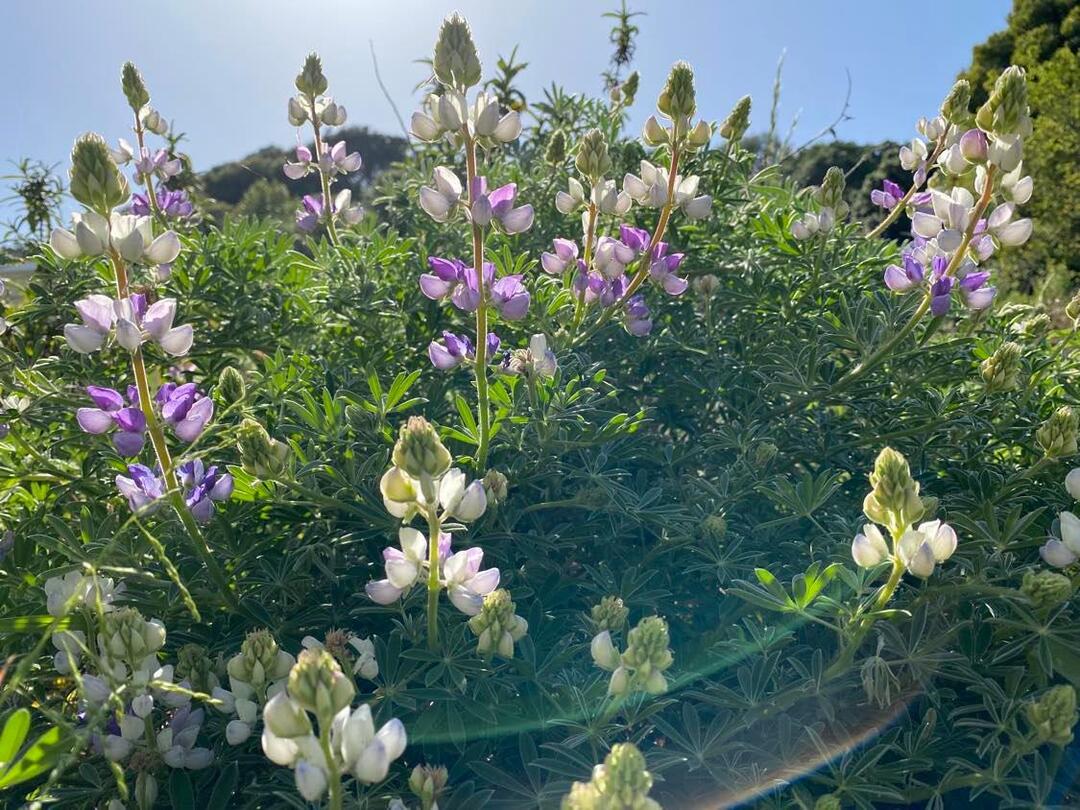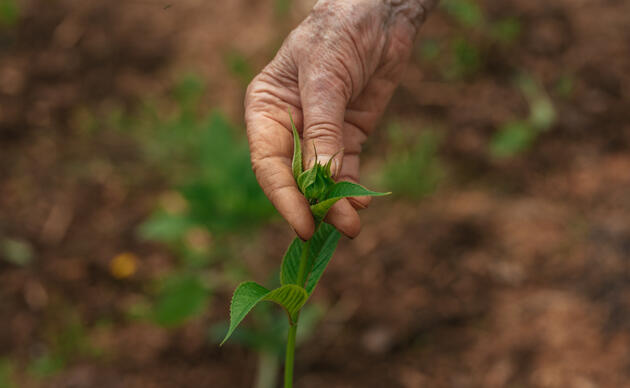What is a native plant?
A native plant is specially adapted to live in a given geographical area. These plants (grasses, herbs, shrubs, and trees) are essential to a healthy, functional, biodiverse ecosystem. They provide appropriate food for local birds and wildlife and need less human assistance to survive than many ornamentals or non-native plants. They also provide essential ecosystem services that help keep our water clean, reduce erosion, and respond better to forest fires and drought than many non-natives.
Non-native plants are plants from other geographical areas that are either intentionally or by accidentally introduced by humans or wildlife to new habitat areas. Some of these are considered invasive, growing quickly and aggressively and crowding out other species. Invasive plants have few or no natural predators in their new home, don’t provide food for local wildlife, and can cause significant changes to local biodiversity and ecology. Some of them use far more water than their native counterparts and can even increase fire or flood risk. For more information on invasive plants and better alternatives, visit the California Invasive Plant Council website or Plant Right’s database of invasives.
Healthy Birds
Each year, at least a billion birds migrate along the Pacific Flyway, stretching from the North Slope of Alaska all the way down to South America. Many of these bird species need help surviving the threats of climate change, habitat loss, water shortages, and diminishing food sources. Protecting bird habitats along the Pacific Flyway may seem like a huge and daunting task, but there are many actions you can take to help!
Creating a bird-friendly yard provides a resting spot for migrating birds and a home for those who live in the Bay Area year round. Small changes can have a big impact on the food, water, shelter, and space available for birds. Native plants provide excellent food and shelter and each bird-friendly yard joins a network of homes, schools, parks, and sanctuaries that provide habitat for birds and other wildlife.

Healthy Pollinators
Most plants rely on pollination to produce fruits and seeds which feed humans and wildlife alike and ensure plants can produce more plants! A pollinator is a small creature that brings pollen from the male to the female part of the plant; without pollinators, many species of plants would not be able to reproduce.
A wide range of creatures, from birds and bats to bees and butterflies, are pollinators. Many pollinators are in decline across the world, threatened by habitat loss and pesticides. Attracting pollinators is easy—they’re attracted to many beautiful species of native flower that can even be grown in a pot on your porch. In no time, you’ll have native butterflies and hummingbirds visiting your home!
Hundreds of species of native Californian bees rely on native plants for survival. Most native bees are solitary, living in burrows rather than large communal hives, and unlike European and Africanized honeybees, most native bees are not aggressive; some don’t even have a stinger! Learn more about native bees and about choosing the right plants to attract pollinators to your yard.
Drought Tolerance
It’s no secret that California is in the middle of a severe drought , but saving water doesn’t have to mean a shriveled yard and dead garden. While not all plants native to California are drought-resistant, many have evolved to survive in the hot, dry summers typical of our region. Though many plants turn brown and dry during the summer months, they’re not dead! Once the rain and temperatures come down, they turn bright again! Native plants often require less water, fewer pesticides and fertilizers, and less work than plants that originated elsewhere.
A beautiful, low-maintenance outdoor space
Native gardens are beautiful, environmentally beneficial, and can attract dozens of species of birds and butterfly to your yard! They also save you the time and money by reducing inputs of water, fertilizer, and pesticides.
How you can help, right now
Make a gift today
Help us engage future conservation leaders! When you sponsor a youth leader, you help the birds.
Become a part of our volunteer core!
Begin your volunteer journey today by finding the perfect fit for your talents.
Read our stories
Our bi-monthly e-newsletter is filled with incredible updates about our work.






